A team of three spent 45 minutes pushing the delicate, rusty skeleton of a canal boat through the front doors of Garioch Heritage Centre in Inverurie, as the temperature outside approached 30C.
Once a display under the stairs had been taken apart with hammer and drill to help with manoeuvring, they constructed a makeshift scaffold to lift the 200kg artefact to the museum’s first floor.
The arrival of this icebreaker in the Aberdeenshire town followed eight months of painstaking conservation at a workshop in Alloa.
It is an unassuming structure, barely noticed for decades as it oxidised in an Aberdeenshire industrial estate. So why was it worth all that effort?
When it opens later this year, the boat – believed to be between 150 and 200 years old – will act as a starting point and linchpin for a new exhibition telling the full story of industry in the area.
The museum will use it to represent the start of a domino effect that ended with the creation of Inverurie’s famous Loco Works, where the Heritage Centre is now based.
Though it lasted barely 50 years before it was replaced by the railway, the Aberdeenshire Canal was instrumental in the growth of quarrying, whisky manufacturing and papermaking across Garioch.
Visitors to the exhibition will begin at the five-metre-long boat structure, which was once heaved from side to side to break through the ice that formed on the canal and allow travellers to continue their journey between Port Elphinstone and Aberdeen Harbour.
It is likely to be the last canal icebreaker from that period still in existence.
The visitors will then work their way through exhibits showing how the region was subsequently transformed by the arrival of each different industry, culminating in a stunning model of the Loco Works built by local man Charlie Milne.
Charlie, who had various jobs at the works between the late 1940s and its closure in 1969, was at the centre to witness the arrival of the canal boat.
He said it was the first time he had seen it for 70 years, since he played in it with his childhood friends – completely unaware of its history.
“There was more of it at that time, there was stuff on the side,” he said.
“But it’s amazing how well it’s done sat outside.”
The project was conceived and coordinated by the centre’s Joan Bruce, and largely funded by a man who generously donated a five-figure sum as a legacy for his late wife.
Conservation specialists JPS, a family company consisting of just three men, put in the graft to ensure future generations would be able to appreciate the boat’s story.
Boss Jason Struthers, who has also recently been working on restoring windows at Aberdeen Train Station, said: “What’s been quite cool sometimes with the kind of jobs we’ve done for people in the past, is when you stand back and you’re just a tourist. You’re just a guest.
“And you watch people, you stand next to people looking at it and you think, I put that in there. That was me.”
He added: “Who can put on their CV that they’ve worked on an icebreaking canal boat? I’m not sure anyone else has done one of these.”
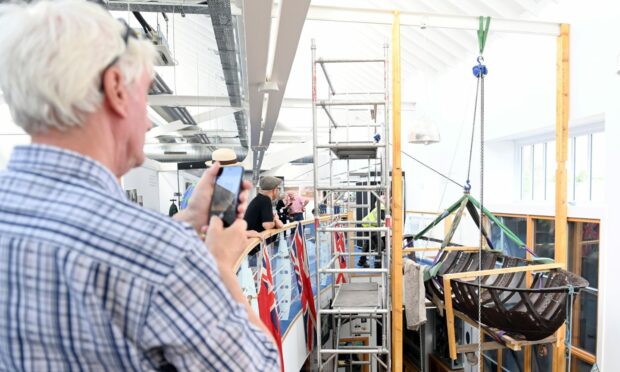
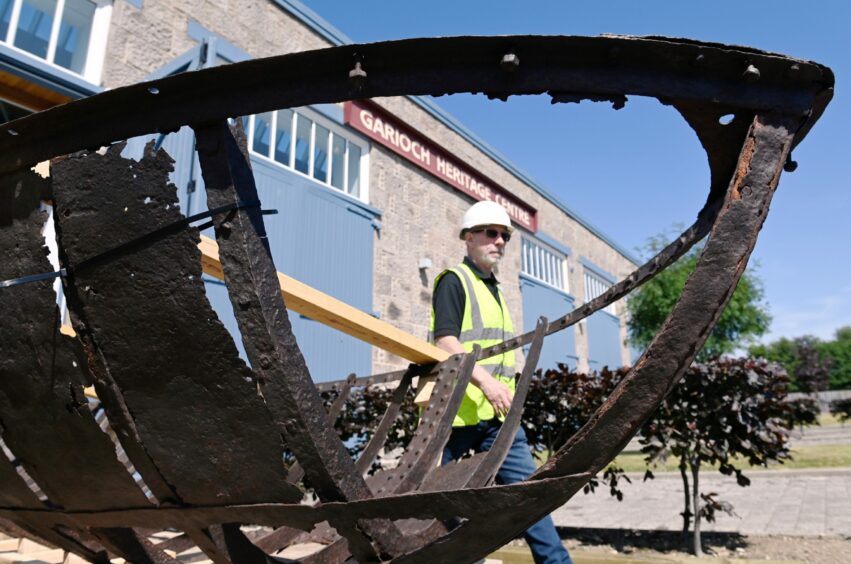
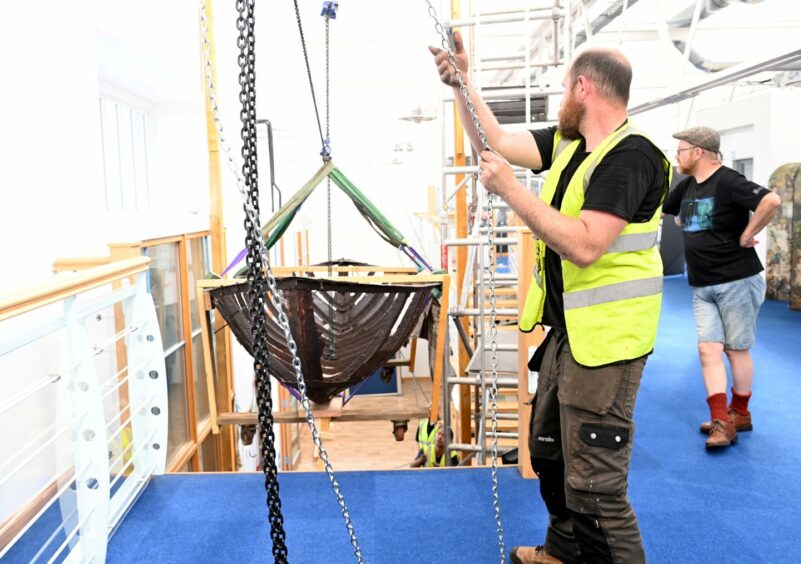
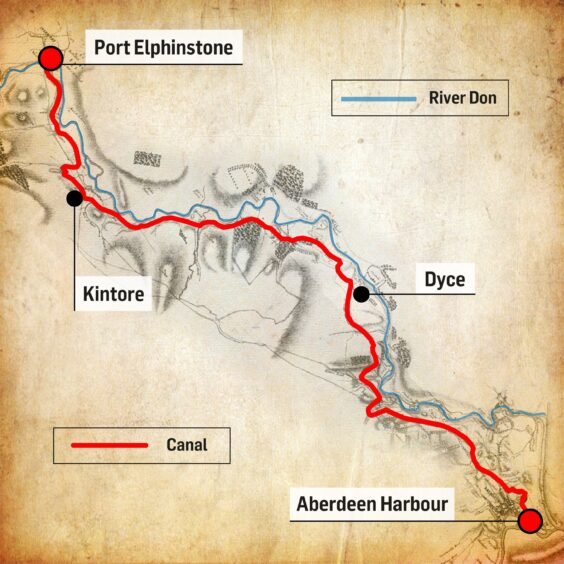
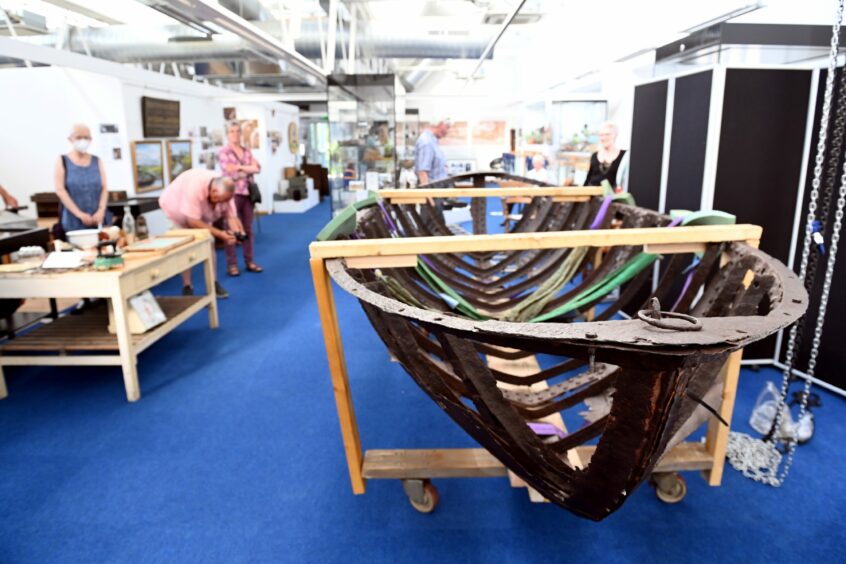
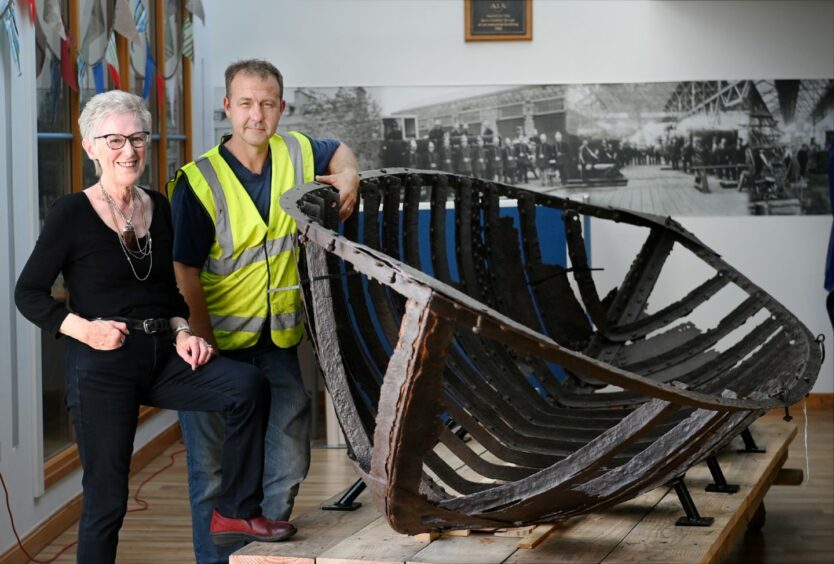
Conversation